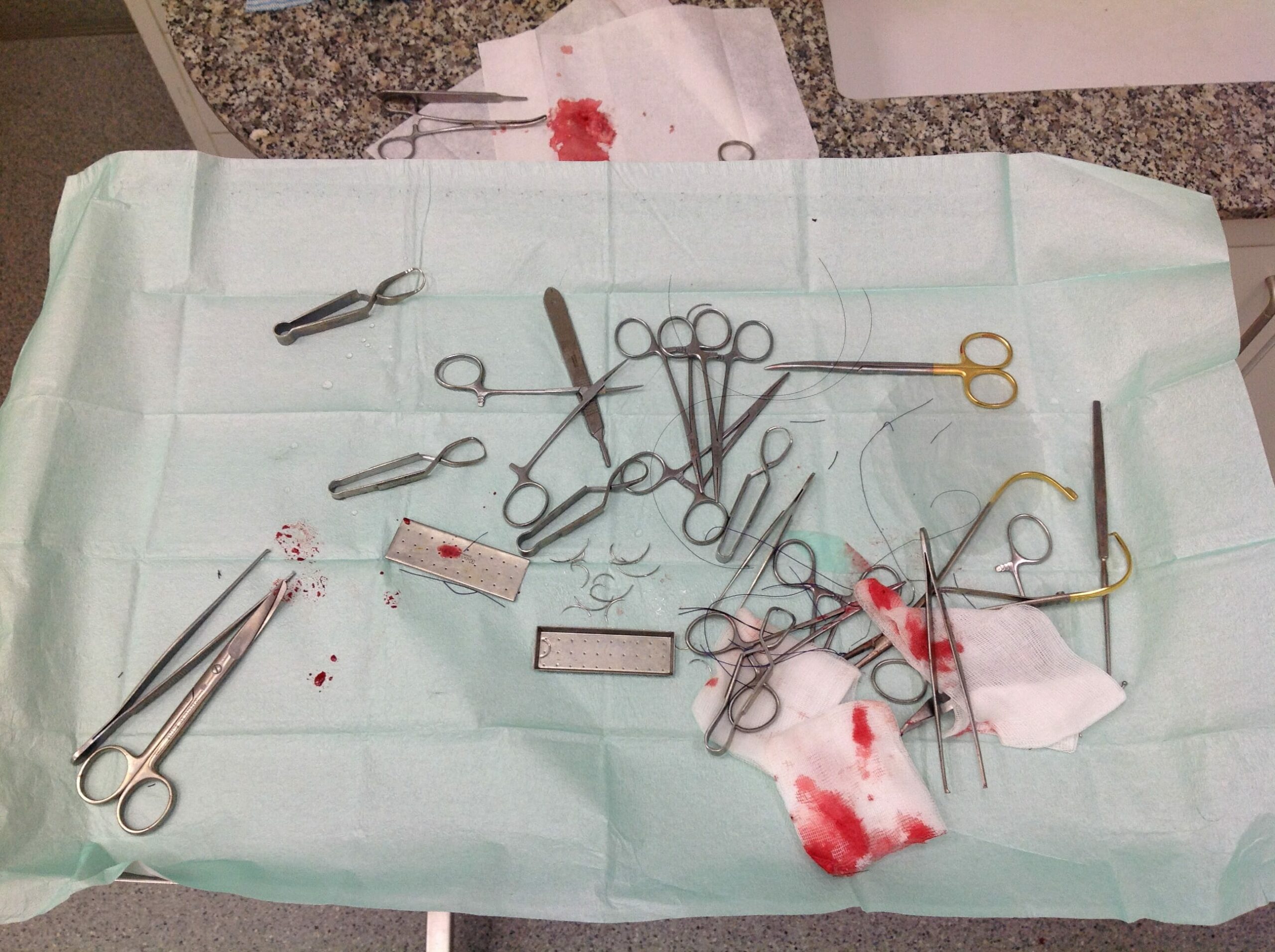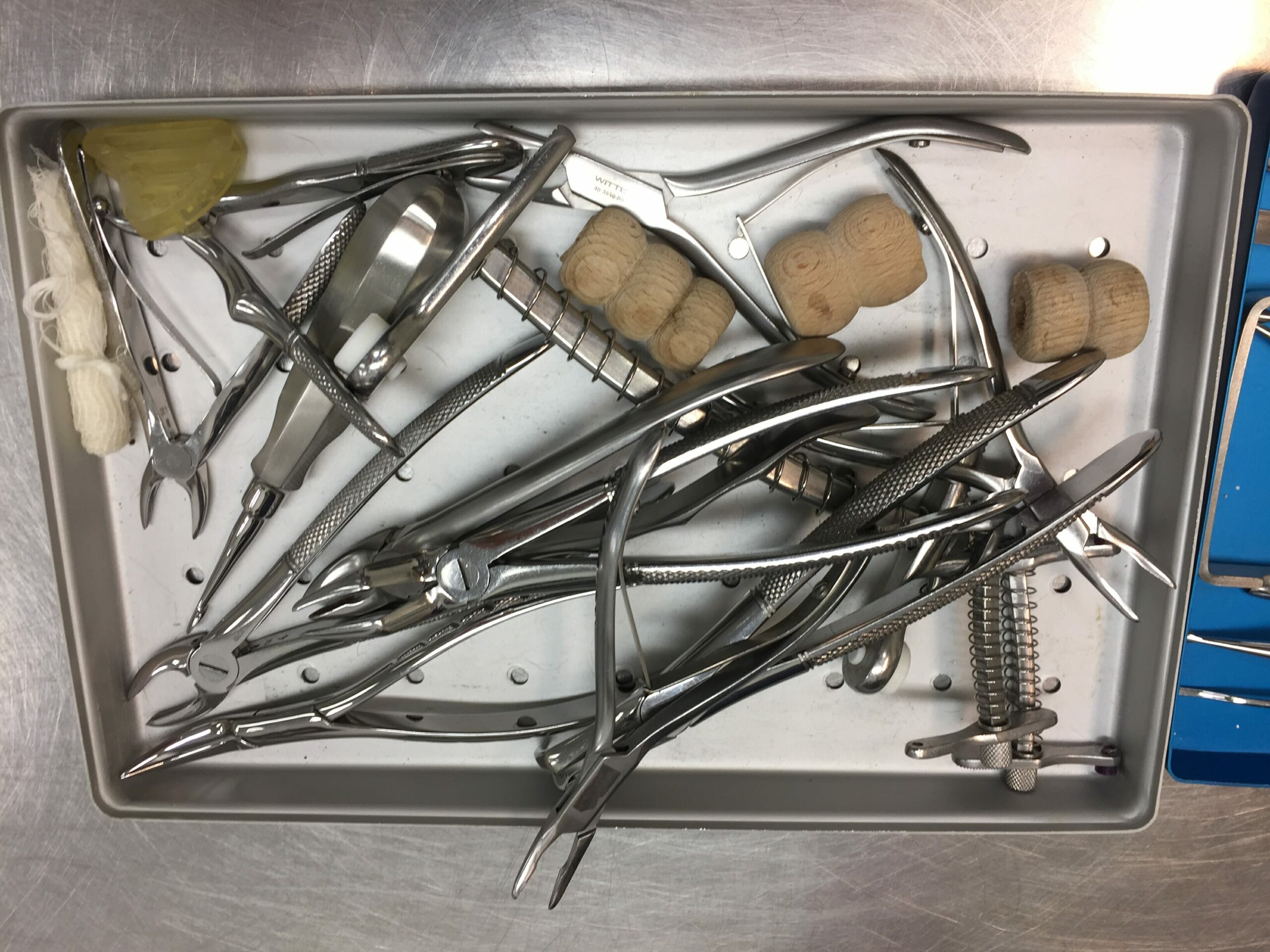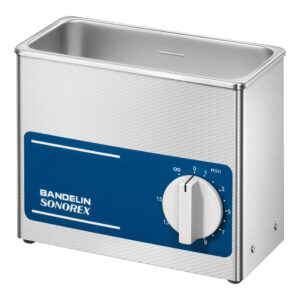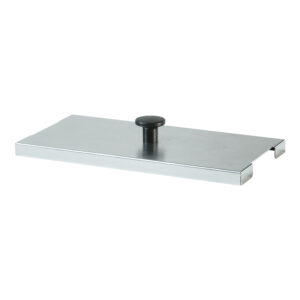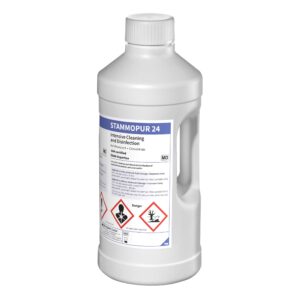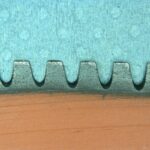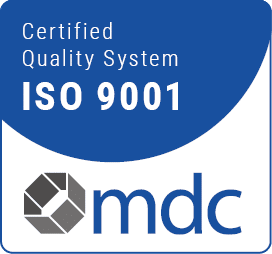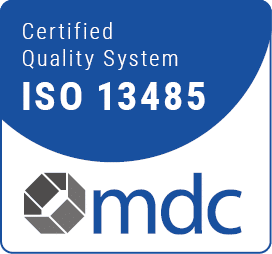Fast and thorough reprocessing of veterinary instruments in an ultrasonic bath
The instruments in the veterinary practice are characterised by a wide range of surgical and dental instruments as well as accessories for treatment. All instruments have to be cleaned and disinfected after use, which requires a lot of personnel and ties up time in the daily routine.
In an ultrasonic bath, all objects made of metal and plastic can be gently and thoroughly freed from dirt such as blood, secretions and tissue residues. In the process, the finest cavitation bubbles loosen stuck dirt even from the interstices of the difficult-to-clean joints and surfaces of needle holders, surgical scissors, arterial clamps, surgical wound needles and other surgical instruments. The use of a suitable cleaning and disinfection preparation enhances the cleaning effect of ultrasound and enables thorough disinfection of complex instruments. Compared to simple wet deposition in a disinfection bath, disinfection in an ultrasonic bath is much faster, which also saves costs. Ultrasound cleaning can also be used efficiently for cleaning anal sac cannulas and cannulas for rinsing nasolacrimal ducts with fine lumens, which would otherwise have to be made pervious with fine wires.
Grinding attachments for rodent nails and incisors become clogged with abraded horn particles during grinding operation. This reduces the grinding performance and also makes disinfection and cleaning of the reusable attachments more difficult. Especially for the cleaning of grinding attachments and fine needles, the use of a fine-mesh hanging basket in the ultrasonic bath is recommended. After the cleaning time of 5-10 minutes, the cleaning objects can be removed with the hanging basket and fed into the sink without the user coming into contact with the items to be cleaned or the cleaning liquid.
In addition to a significant reduction in time, cleaning and disinfection in an ultrasonic bath therefore offers increased process reliability in the reprocessing of veterinary instruments.

